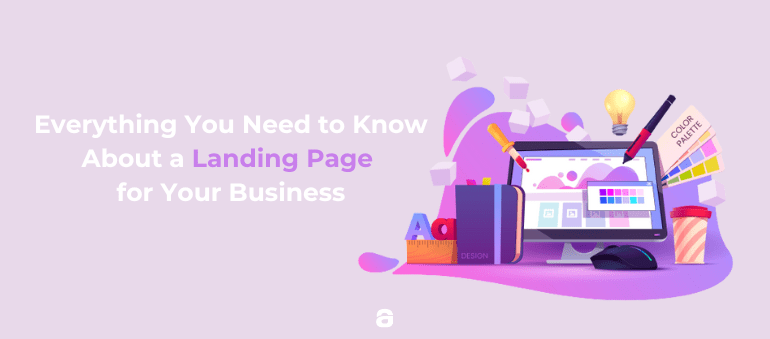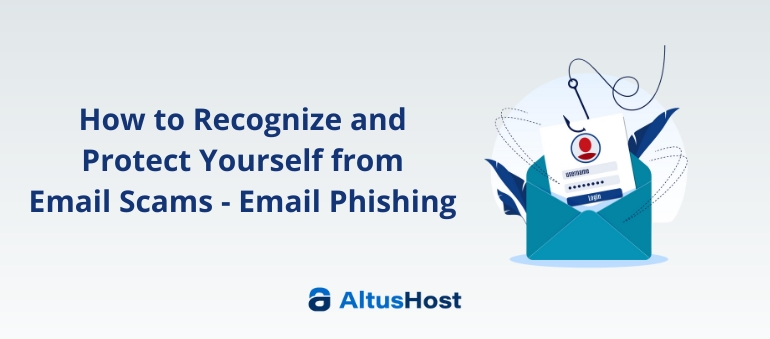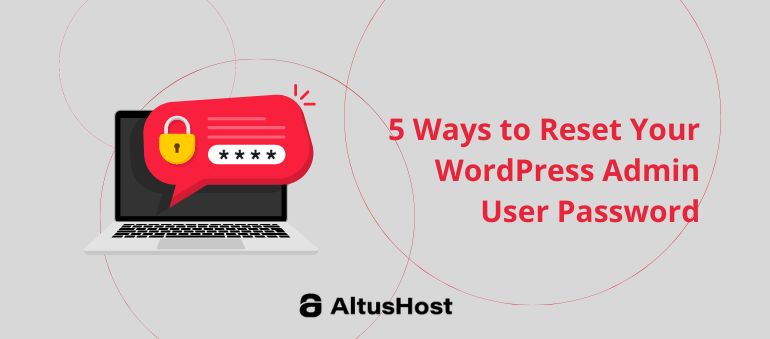Are you sure that you have done everything to increase the sales of your products? You have nice pictures and lots of likes on Facebook and Instagram. You also created a website where you stated who you are and what you do (about page). And that’s all right. However, in order to encourage more people to buy from you, you are missing one more page from your website – the landing page. In this text, we reveal how you can create it and how it can increase your chances of achieving the success you are aiming for.
You might not know it’s called that, but it’s a page you come across every day while doing your research on the internet. It opens when you click on an ad on social networks or a banner on a website. Then you are usually shown product images, some slogans, and a contact form where you need to enter your information.
You probably understand what we are talking about, but we will define it below.
From Leads to Customers – What is a Landing Page
Let’s say, for example, you are selling juicers. How many other online and offline stores have the same product? A lot. Someone who is determined to buy it (hot lead) will probably be your customer if they come across your website and you come across as trustworthy. But what about the rest of the vast majority who have second thoughts or are not interested in your juicers? They need to be pushed toward a purchase using a landing page.
A landing page is a page on your website whose purpose is to convert visitors into leads and customers.
Why is it necessary?
Apart from the home page and the about page, another one is needed where the content and design will be exclusively focused on products and sales. Thus, the attention of visitors and potential customers is strategically directed to the ultimate goal.
The purpose of the landing page is to increase the conversion rate, that is, to convert as many website visitors as possible into customers.
You don’t believe it?
The international marketing agency Unbounce conducted research on 1,000 landing pages and concluded that each of them increases the conversion rate by at least 10%.
When it comes to the structure of the landing page, you should know that in addition to images of products (services) and text about them, it must also contain a form for entering the name and email addresses of visitors. By collecting the data of potentially interested customers (leads), you get the opportunity to stay in touch with them and run a further campaign (nurture campaign) until you lead them to purchase.
What Marketing Goals Does the Landing Page Meet?
From the above, it can be concluded that the landing page performs several important marketing roles:
1. Raises brand awareness – The landing page participates in the brand awareness campaign, allowing your business to present itself to the public and potentially stand out from the competition.
2. Strategically directs visitors to purchase – With its structure, clearly defined messages, and photo/video material, it directs and encourages site visitors to purchase.
3. Enables the creation of a base of potential customers – If someone does not decide to buy now, it does not mean that they will not in the future. The contact form on the landing page allows collects the email addresses of visitors. Thus, you have the possibility to continue the campaign – by sending informative and persuasive emails with the aim of encouraging leads to buy the product.
4. Enables monitoring of visitor behavior – The landing page allows you to collect a number of other data about the behavior of visitors and potential customers:
▪ Number of visits to the page
▪ Where visitors come from (social networks, email, some portal…)
▪ Number of users who filled out the contact form
▪ Bounce rate.
In accordance with this data, it is possible to change the structure and appearance of the landing page, as well as parts of/or the entire marketing campaign.
If you still don’t understand what this is all about, keep reading because below we explain the structure of a landing page.
Structure of Landing Pages that Increase Sales
What should your landing page look like to bring you more customers? Let us tell you right away that every letter, photo and/or video, as well as their layout – has its own purpose. They are chosen and deployed strategically because that is the only way they produce results. This also means that you will probably have to create several versions of the landing page to get to the optimal one, but we will talk about that later.
Landing pages usually consist of the following elements:
▪ Title
▪ Photography/Video
▪ Text (copy), features, and benefits of the product
▪ Call-to-action (CTA)
▪ Contact form
▪ Clients’ experiences (testimonials)
We will present each part in detail so that you know how to create your landing page or give more detailed instructions to an agency to do it for you.
Headline – Grab Attention and Evoke Emotion
A few words in the title determine whether the visitor will stay or leave immediately (bounce). That being said, you need to spend a lot of time creating your headline. Be prepared for several versions until you get the one that best conveys your idea.
What should be put in the title? Advantages.
The most valuable benefit your product/service provides to your target group. It’s the result someone will get if they buy your product. Let’s show an example.
Take the aforementioned juicer. What are its benefits for the customer? List the features/characteristics of that product and turn them into benefits. For example, 3,000 blades per minute. But what does this mean for the user? It could mean something like “It will make you a healthy and delicious juice in 15 seconds”.
Therefore, the title must contain some value for the customer that would evoke emotions. Emotion encourages action, i.e. purchase, and you have already done half the work.
Why is the title so important? When a user visits your landing page, the title is the first thing they will notice. And as harsh as it may sound, you only have a few seconds to grab his attention and keep him on the page.
Photos – Product in Action
The photo should show your product/service in context ie. “in the act”. This means you should show the product in use or the result – what the product will do. This is important because the visual elements also aim to evoke emotion and desire for the product.
Of course, it is also possible to use video, especially if the product is more complex and you need to show some action or process.
Text (Copy) – Informative, but Not Boring
Short, interesting, compelling, informative, persuasive, and confidence-inspiring. The landing page text should be all that. Too much? Hire an experienced and talented copywriter.
What should the text contain? What to write about?
Copy or marketing text should cover several elements:
▪ Problems faced by the target group
▪ Problem-solving (your product/service)
▪ Product characteristics
▪ Product benefits for users
Call-To-Action
CTA is the “button” that says “buy”, “subscribe”, and “sign up”… So, Call-to-action directly and clearly tells visitors what they should do. It is usually an imperative verb that is meant to encourage action.
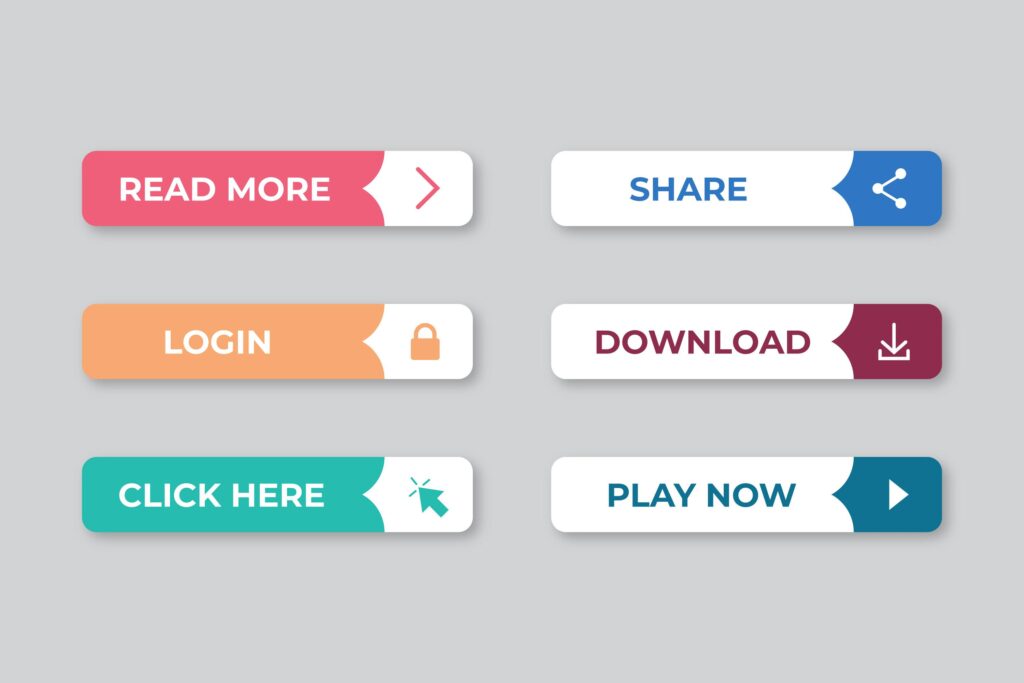
The design of this button is very important. You need to decide on a specific button shape and color, making sure that it stands out from the rest of the content. Most often, striking colors are used, and an empty, white space around.
User Experiences – How to Convince a Potential Customer
Trust. It is one of the most important values that encourage a purchase.
Visitors to your landing page should make sure that your product does what you say it does in the text. For that, you need proof (social proof) – customers who have used your product. You should ask them to share their experience, highlighting how you solved a problem for them and improved their life.
It would be good if you could ensure the authenticity of customers who have already used your product, reducing the doubt about the truth of their claims. One way is to record videos of three users of your products because video content will instill more trust than written content.
How to Arrange the Structural Elements of the Landing Page?
We have already said that for the success of the landing page it is also important where its structural parts are located. How important, is also shown by the fact that marketing experts take into account whether the call-to-action will be below the text, on the left or right, or in the upper or lower corner. It is also taken into account how people scan pages, what they look at first, and which angles they don’t even see.
Most often, landing page elements are divided into two parts – the first part that is visible immediately after the page is loaded and the second part that can only be reached by scrolling down. Between them is the intersection (the fold), so the elements are said to be above or below it.
In the first part, you should arrange, in order:
▪ Title
▪ Photo/video (the space to the right of the title)
▪ CTAs
▪ Social proof
The second part of the landing page should contain:
▪ Features and benefits of the product
▪ Same or different CTA
▪ Testimonials
Of course, there are also deviations from this schedule. It is possible to create one schedule, test it and make changes if better results are expected.
A/B Testing – How to Get the Optimal Landing Page?
If you thought that just creating a landing page, means you are done, you were wrong. The next step is to check if it brings you the expected results.
And that’s the moment when we call for help a marketing practice called “A/B testing”. Here’s what that means in practice.
After you have created a landing page and seen that it does not bring you the intended goal, you need to change it, but partially.
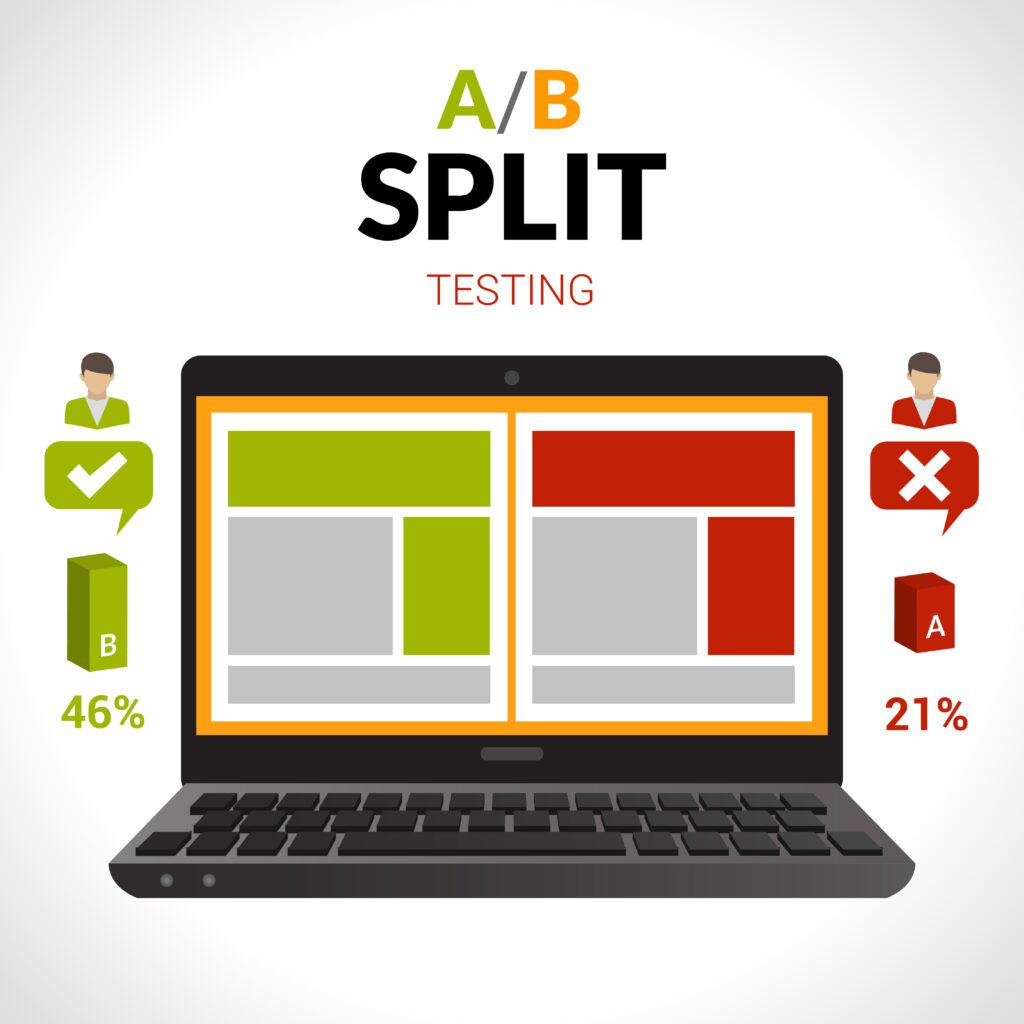
What does it look like?
It is necessary to change one of the structural elements of the landing page and monitor again how this change affects the results. For example, change the headline without changing other elements and track how it affects potential customers. If you are not satisfied, change the text in the call-to-action button or its design. How are things going now?
And so on. You change one element at a time until you reach the version that brings in the most sales.
We hope you find this article helpful! If you did make sure you share it with your friends and colleagues!

